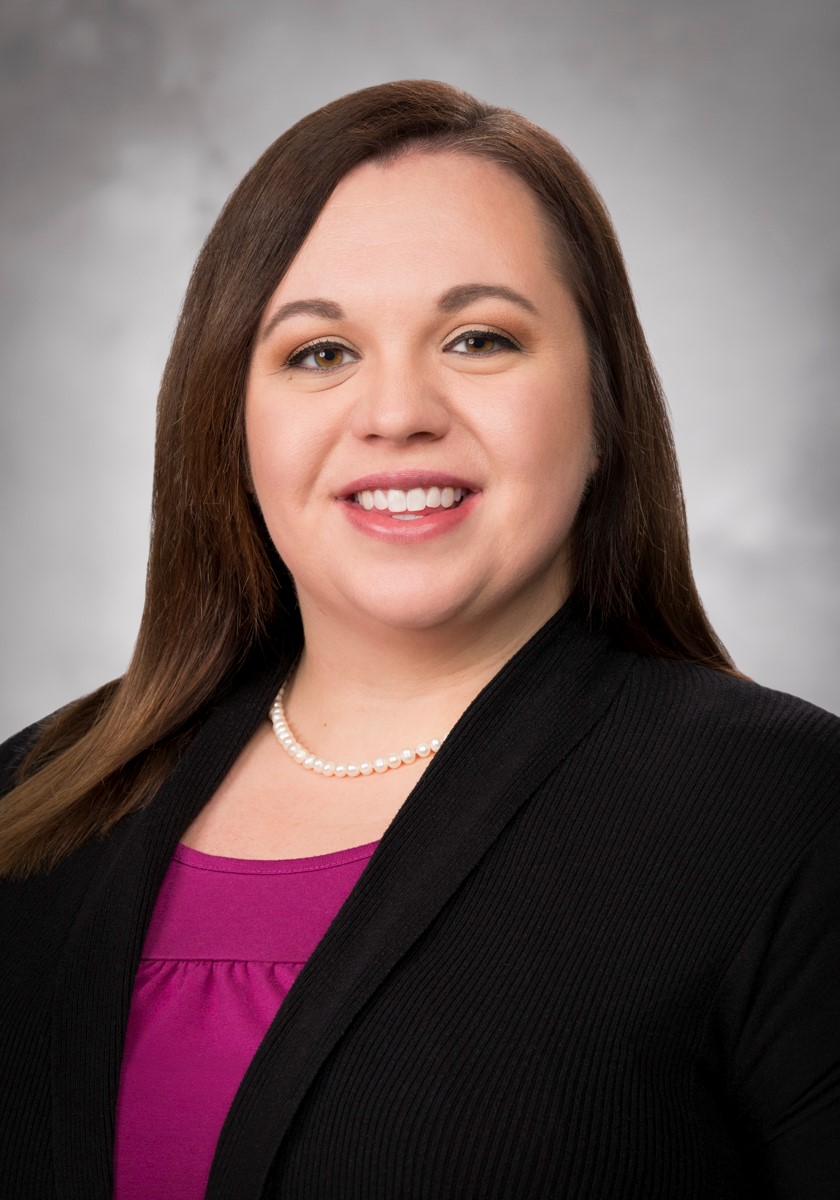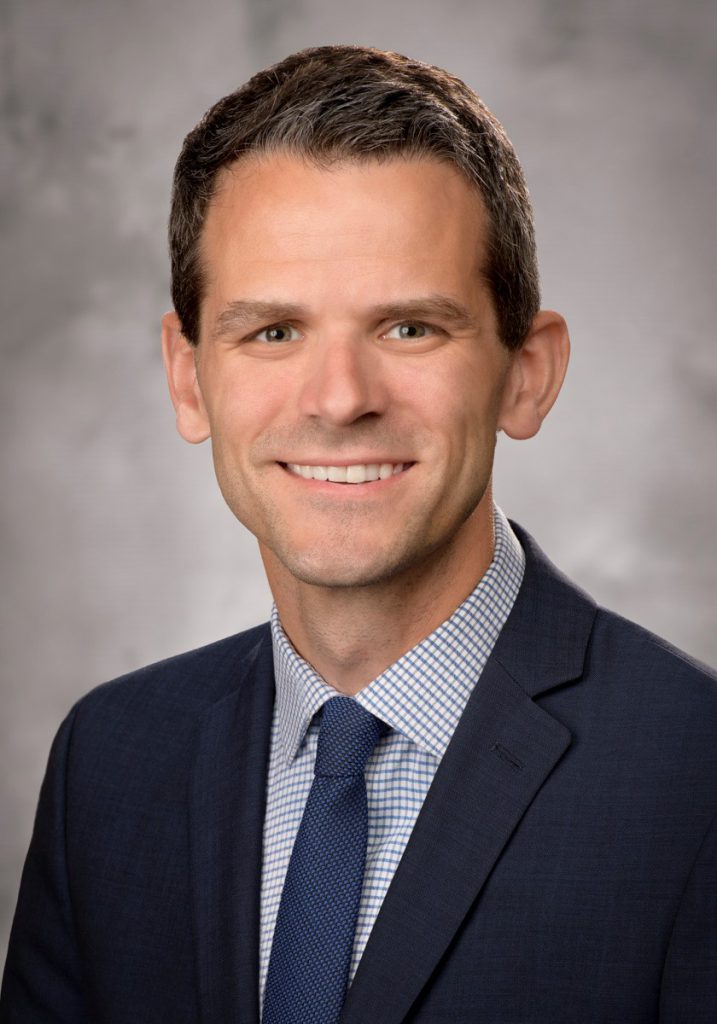FOR IMMEDIATE RELEASE
Media Contact:
Bobby Maldonado
Pager: (248) 725-2400
LIVONIA, Mich. (October 4, 2023) – Trinity Health Plan of Michigan today announced expanded options for affordable and quality health care to seniors and other Medicare beneficiaries in the West and Southeast Michigan regions.
Medicare beneficiaries in six Michigan counties — Kent, Livingston, Muskegon, Oceana, Ottawa, and Washtenaw — can select Trinity Health Plan of Michigan as their Medicare Advantage health plan during the Medicare Annual Enrollment Period, which runs from October 15 through December 7, 2023. Coverage would begin January 1, 2024.
As a Medicare Advantage plan, Trinity Health Plan of Michigan combines Medicare Part A, Part B and often Part D drug coverage in one plan. Trinity Health Plan of Michigan monthly premiums are generally more affordable than Medicare Supplements. Plans start at $0 premiums per month and include low copays for health and drug coverage, along with extras such as:
- A Flexible Benefit Card of up to $1,000 for vision and hearing expenses.
- Comprehensive dental.
- $0 copay telehealth coverage.
- Travel benefits and more.
Certain plans also give members up to $1,800 cash back each year in their social security check.
“As a Medicare health plan, we understand the value of high-quality and affordable health care and drug coverage,” noted Jack Randolph, Trinity Health Plan of Michigan’s president and CEO. “Our priority is to make Medicare easy for our members.”
Trinity Health Plan of Michigan brings numerous advantages to seniors and other Medicare beneficiaries. The plan is a wholly owned affiliate of Trinity Health, one of the largest multi-institutional Catholic health care delivery systems in the nation. Trinity Health Michigan is an integrated network of nine hospitals, two medical groups, and numerous medical centers, senior living communities and home and hospice services dedicated to helping people live their best lives.
“At Trinity Health Michigan, we are committed to improving access and availability to health care services,” said Shannon Striebich, president and CEO of Trinity Health Michigan Market. “Trinity Health Plan of Michigan will expand the options we offer for personalized care to seniors and other Medicare beneficiaries in the communities we serve. We believe all should have access to affordable, quality care, and we are pleased to help lead innovation in coverage choices.”
For more information about enrolling in Trinity Health Plan of Michigan, visit www.TrinityHealthMichigan.org/medicare, or call the plan directly at 1-800-964-4525 (TTY: 711) from 8 a.m. – 8 p.m., 7 days a week.
# # #
About Trinity Health Michigan
Trinity Health Michigan is a leading health care provider and one of the state’s largest employers. With more than 24,000 full-time employees serving 29 counties, Trinity Health Michigan operates nine hospitals located in Ann Arbor, Chelsea, Grand Haven, Grand Rapids, Howell, Livonia, Muskegon, Pontiac and Shelby, and two medical groups. The health system has 2,314 beds and 5,446 physicians and advanced practice providers. With operating revenues of $4.16 billion, Trinity Health Michigan returns $184 million back to their local communities each year. Together with numerous ambulatory care locations, home health and hospice agencies and 23 senior living communities owned and/or operated by Trinity Health, Trinity Health Michigan provides the full continuum of care for Michigan residents. Trinity Health Michigan is a member of Trinity Health, one of the largest Catholic health care systems in the country serving more than 30 million people across 22 states. www.trinityhealthmichigan.org
About Trinity Health Plan of Michigan
Trinity Health Plan of Michigan is a provider-based Medicare Advantage organization. Trinity Health Plan of Michigan makes Medicare easy by putting members first and taking a service-centered approach that’s grounded in integrity and excellence. As a provider-sponsored Medicare Advantage organization, Trinity Health Plan of Michigan gives members access to high-quality, cost-effective health care at an affordable price.
Trinity Health Plan of Michigan (HMO) is a Medicare Advantage organization with a Medicare contract. Enrollment in Trinity Health Plan of Michigan depends on contract renewal. Benefits vary by county. Other providers are available in our network. ATENCIÓN: si habla español, tiene a su disposición servicios gratuitos de asistencia lingüística. Llame al 888-546-2834 (TTY: 711). 注意:如果您使用繁體中文,您可以免費獲得語言援助服務。請致電 888-546-2834 (TTY:711).








